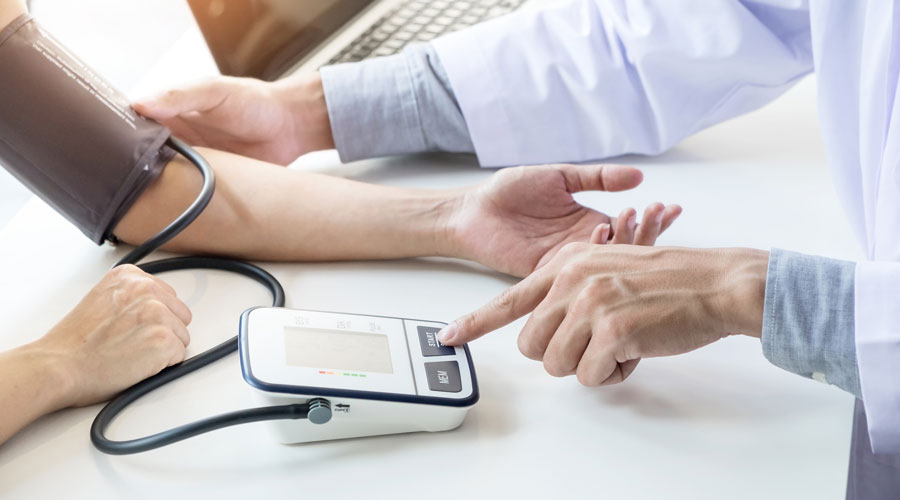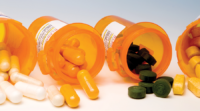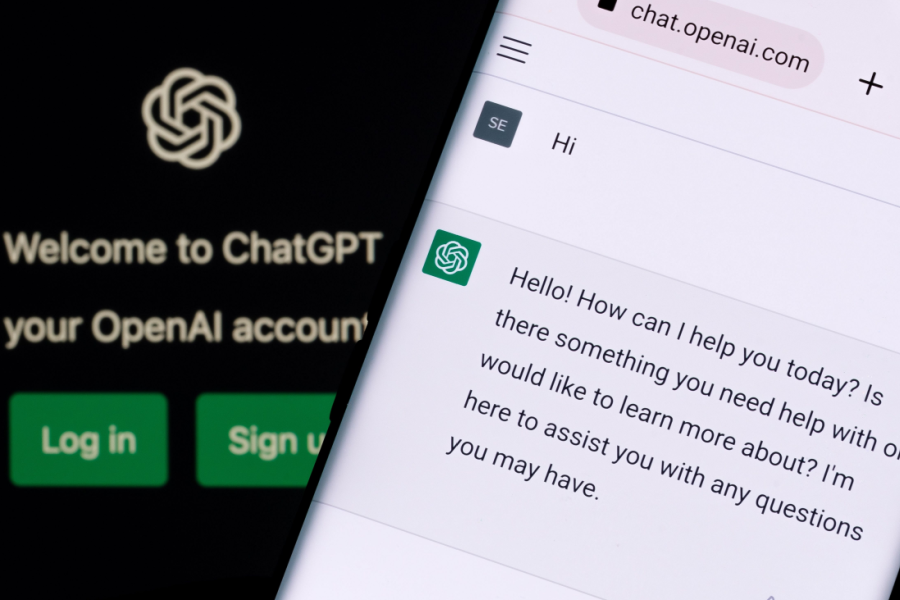Nearly half of Americans now have high blood pressure.
You read that right.
The American Heart Association (AHA) lowered the threshold for high blood pressure. Previously, the guidelines defined high blood pressure as 140/90. Now it’s 130/80.
The bad news is actually good news for your patients. High blood pressure accounts for the second largest number of preventable heart disease and stroke deaths. Patients at risk of high blood pressure can now start making lifestyle and dietary changes to fend off rising blood pressure before it’s too late.
But when the AHA released its new guidelines, 30 million new people learned that their blood pressure is too high.
That’s a lot of patients who need to manage a new condition and potentially start taking new medications.
Now that even more people are at risk of high blood pressure, monitoring and managing their condition is more important than ever.
The new high blood pressure guidelines give your independent community pharmacy a greater opportunity to further serve those patients. And boost your business.
Here are some lucrative ways to serve your patients with high blood pressure. So you can help them better manage their condition and make more revenue for your pharmacy.
Offer blood pressure screenings
Your pharmacists’ expertise and your pharmacy’s accessibility make your business a convenient and reliable place for patients to go for accurate blood pressure screenings.
Patients will pay for that combination of convenience and reliability. And they’ll benefit from it.
The AHA’s new guidelines stress the importance of using proper technique to measure blood pressure. (It provides a step by step example on page 28.)
One of the main causes of misdiagnosis is “white-coat hypertension.” Sometimes patients’ heart rates will rise beyond their normal levels when they get their blood pressure measured in a medical setting, giving an inaccurate reading.
To prevent those false readings, you’ll need to measure a patient’s blood pressure more than once. The AHA recommends an average of two to three readings on at least two different occasions.
Provide medication adherence
The new high blood pressure guidelines point out that many people will need two or more types of medications to control their blood pressure.
“Taking medications several times throughout the day requires greater attention to scheduling, as well as additional issues such as transportation or storage, which can be challenging for some patients,” according to the guidelines.
Help patients with high blood pressure manage their medications and take them as prescribed by offering them medication adherence services at your pharmacy.
In addition to taking multiple medications for hypertension alone, hypertensive patients are more likely to have comorbidities requiring more medication.
Common comorbidities and conditions listed in the high blood pressure guidelines:
- Atrial fibrillation
- Cerebrovascular disease
- Chronic kidney disease
- Diabetes mellitus
- Ischemic heart disease
- Left ventricular hypertrophy
- Peripheral arterial disease
- Thoracic aortic disease
- Valvular heart disease
Provide medication adherence services at your pharmacy to help hypertensive patients keep track of their medications.
Offer a smoking cessation program
Smoking can increase patients’ chances of high blood pressure and heart disease. (Although the causal connection between smoking and high blood pressure is still being determined.)
When someone smokes, their blood pressure spikes for the moment.
And over time it damages and clogs arteries, just like high blood pressure.
So, smoking when you have high blood pressure accelerates damage to arteries and increases the risk of heart disease.
Offer patients a smoking cessation program to help them reduce or quit smoking.
Already offer a program at your pharmacy? Market it to all your patients who take high blood pressure medication.
Partner with health providers
The guidelines suggest that treating hypertension better means team-based care. They recommend that providers partner with other healthcare professionals, like pharmacists, to improve patient results.
Now’s the perfect time to approach prescribers in your community to partner in care for patients with hypertension.
You’ll improve patient outcomes. And when partnering physicians refer new patients to your pharmacy, you’ll generate revenue from their prescriptions. You’ll also have the opportunity to turn them into loyal patients.
Target market your blood pressure services
The AHA expects the new guidelines to affect young people the most. In particular, the prevalence of high blood pressure is expected to triple among men under age 45.
Many younger men with high blood pressure won’t know about their new condition. Even before their numbers tripled, young men were less likely than any other demographics to know they had high blood pressure.
And, less than half of those who knew they had high blood pressure did anything to treat it.
Make sure to inform men under 45 about the new high blood pressure guidelines and their elevated risk.
Since women make 80 percent of healthcare decisions for their families, tell young married women that their husbands are at risk and inform them how your pharmacy can help.
Want more pharmacy business tips and advice? Sign up for our e-newsletter.












